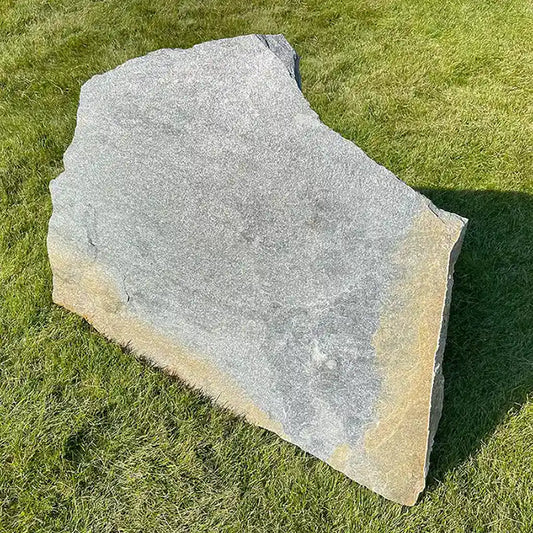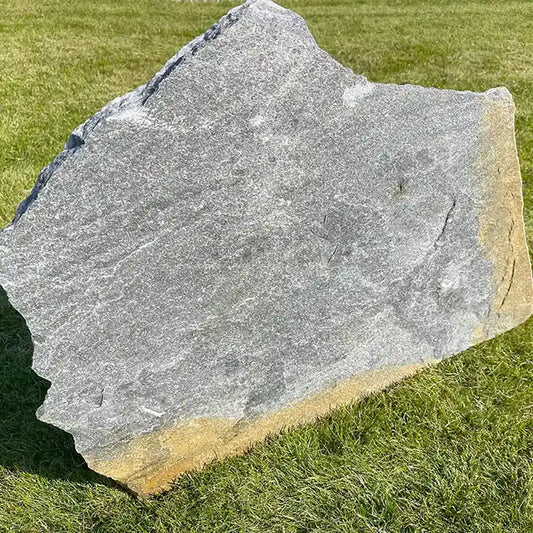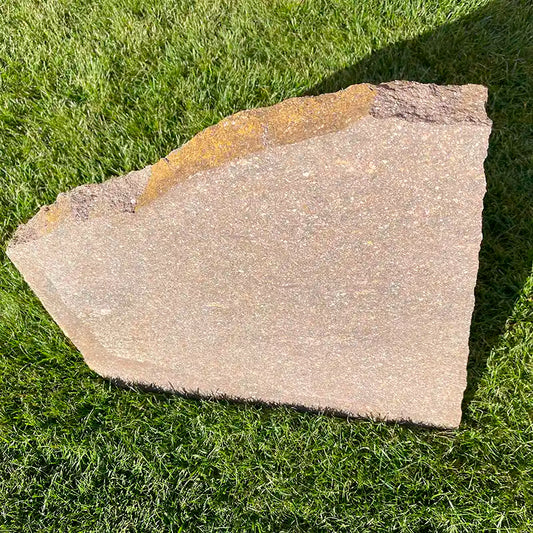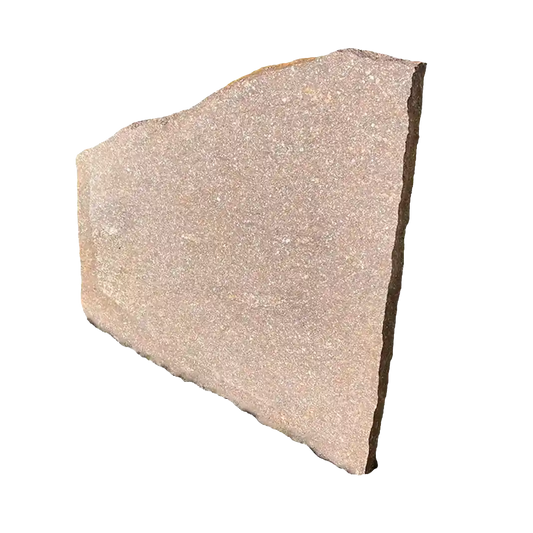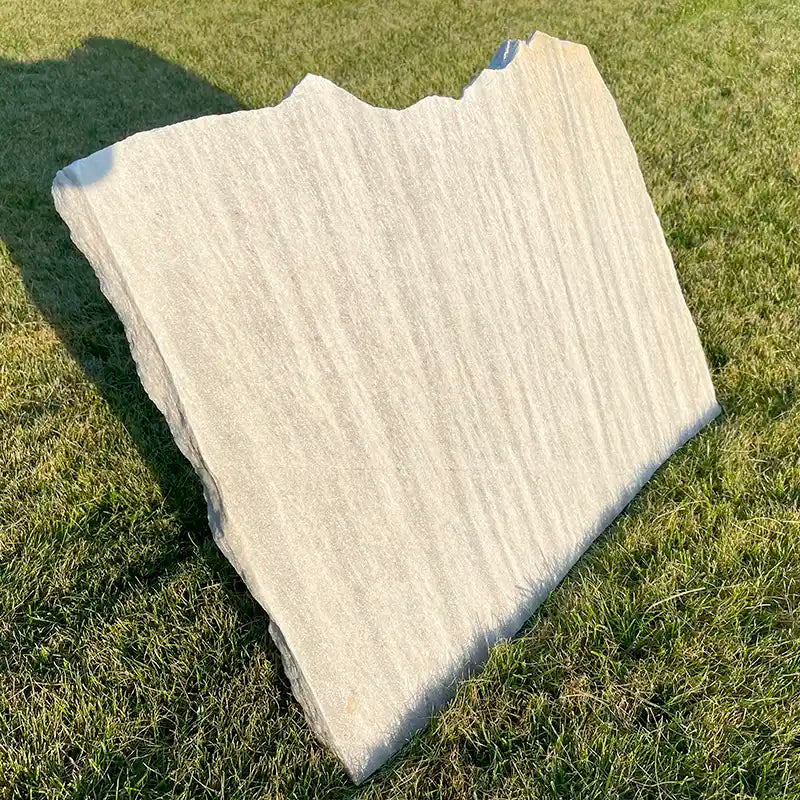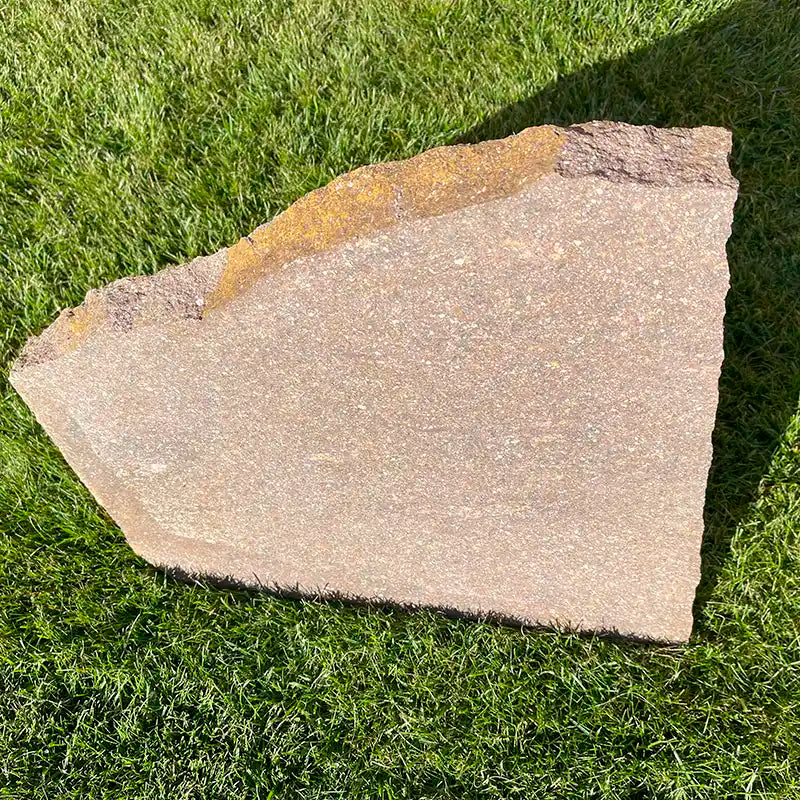
Stepping stones for garden design
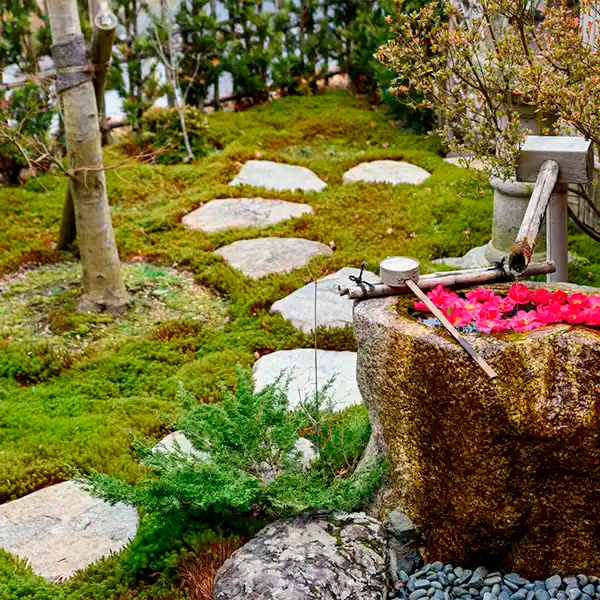
15% autumn discount on all stepping plates from 10 pieces
Secure 15% autumn discount on our unique polygonal stepping stones.
- 15% discount from 10 stepping stones (automatically deducted in the cart)
- Free shipping
Take advantage of the autumn finale of the 2025 gardening season and save real money for your dream garden with our natural stone uniques! 🎉
Order now and save!
Discounts cannot be combined. Offer valid until 30.11.2025! While supplies last.
Selected stepping stones for your garden path
Slate Negra Stepping Stones
Step plates Quartzite Deep Sea
Porphyr stepping stones
What are stepping stones?
Stepping stones are individually laid plates that serve as a sequence of steps in gardens, on paths, or in landscapes. They allow you to move from one point to another without getting your feet wet, without damaging the lawn or surrounding vegetation. Stepping stones can be made from a variety of materials, including natural stone, concrete, ceramic, or even recycled materials, and offer a wide range of design possibilities.
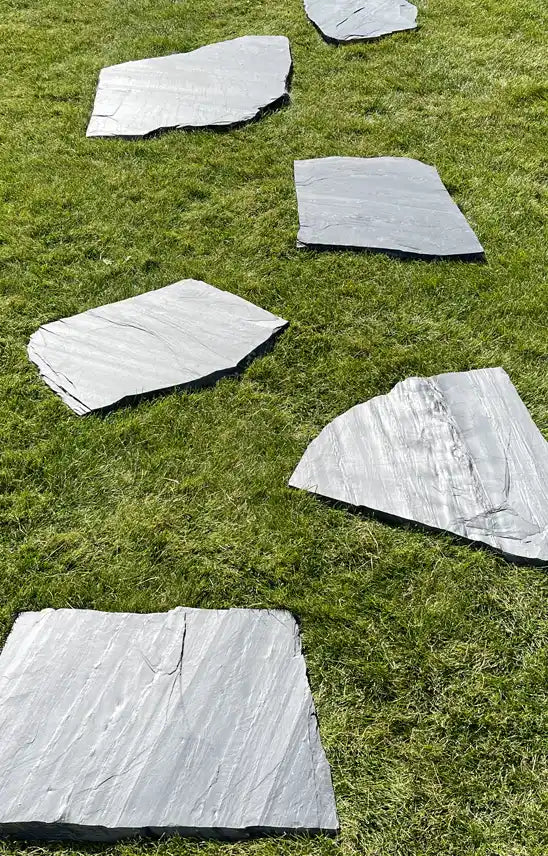
The variety of materials
One of the greatest advantages of stepping stones is the variety of available materials. Each material brings its own unique characteristics, textures, and colors:
Natural stone: Popular for its durability and natural beauty. Each stone is unique, giving your garden a distinctive character.
Concrete: Offers versatility in shape and color. Concrete stepping stones can be designed to mimic other materials and are a cost-effective option.
Ceramic: Adds color and patterns. Ceramic stepping stones are ideal for adding vibrant accents to your garden.
Recycled materials: An environmentally friendly option that gives your garden a unique flair. Recycled glass slabs or repurposed ceramic tiles are popular examples.

Design options with stepping stones
Stepping stones offer endless possibilities for individual design and personalization of your garden. You can:
- Create a path through a blooming garden or a quiet, shady forest trail.
- Choose a kind of mosaic pattern for an artistic touch or a uniform design for a modern look.
- Play with different sizes and shapes to create movement and dynamics.
Our selected premium quartzite stepping stones
Discover our exquisite quartzite stepping stones - the perfect blend of natural elegance and exceptional durability! With our selection of quartzite stepping stones, you will not only get an visually appealing solution for your garden paths, but also benefit from a robust and long-lasting surface that can withstand even the toughest everyday demands.
-
Tread plates Jasmares quartzite
Vendor:trittplatten.deRegular price From €74,00 EURRegular priceUnit price €4,40/kg€148,00 EURSale price From €74,00 EURSale -
Step plates Polaris Quartzite
Vendor:trittplatten.deRegular price From €74,00 EURRegular priceUnit price €4,40/kg€148,00 EURSale price From €74,00 EURSale -
Step plates Quartzite Deep Sea
Vendor:trittplatten.deRegular price From €69,00 EURRegular priceUnit price €5,08/kg€138,00 EURSale price From €69,00 EURSale -
Step plates Antares Quartzite
Vendor:trittplatten.deRegular price From €74,00 EURRegular priceUnit price €4,40/kg€148,00 EURSale price From €74,00 EURSale -
Step plates Clara Quartzite
Vendor:trittplatten.deRegular price From €69,00 EURRegular priceUnit price €4,07/kg€138,00 EURSale price From €69,00 EURSale -
Quartzite Auralis stepping stones
Vendor:trittplatten.deRegular price From €74,00 EURRegular priceUnit price €4,40/kg€148,00 EURSale price From €74,00 EURSale
Frequently asked questions about stepping stones (FAQ)
What are stepping stones?
Stepping stones are individual slabs used to create a path across lawns or through gardens without damaging the ground. They can be made of various materials such as natural stone, concrete, or ceramic, serving both a practical and decorative purpose by blending harmoniously into the landscape.
Which materials are best suited for stepping stones?
The choice of material depends on your personal preferences and desired aesthetics. Natural stone is popular for its durability and natural beauty, while concrete offers a versatile and cost-effective option. Ceramic tiles are ideal for colorful, decorative pathways. Each material has its own pros and cons in terms of durability, maintenance, and installation effort.
How to lay stepping stones?
To lay stepping stones, you should first determine the path's course and prepare the ground accordingly. Remove grass and soil where the stones will be placed. A layer of sand or gravel can help create a stable and water-permeable base. Insert the stones into the ground, making sure they are secure and level.
How far apart should stepping stones be placed?
The optimal distance between stepping stones depends on the user's stride length. A good guideline is a distance of about 60 to 75 cm, which corresponds to a natural step. It is important that the path is comfortably walkable without having to twist or strain.
Can stepping stones stay outside in the winter?
Most materials for stepping stones, especially natural stone and high-quality concrete, are frost-resistant and can stay outside in winter. However, it is advisable to protect or remove stepping stones made of less resistant materials, such as certain ceramic tiles, before the first frost.
How to care for stepping stones?
Maintaining stepping stones is usually minimal. It is recommended to regularly remove leaves and dirt and clean them with water and a soft brush if necessary. For stepping stones made of natural stone, an occasional treatment with a suitable stone care product may be useful to protect the material and maintain its appearance.
Are stepping stones non-slip?
Many stepping stones, especially those made of natural stone or specially treated concrete, have a natural or artificially rough surface that provides slip resistance. For smooth materials like some ceramic tiles, it is important to pay attention to a non-slip coating, especially in areas that are frequently wet.
Can stepping stones be laid on grass?
Yes, stepping stones can be laid directly on grass. However, it is advisable to remove the grass under each stone and add some sand for a stable base. This prevents the stones from tipping over and makes it easier to mow the grass around the stones.
How to design a garden path with stepping stones?
Start planning your path by mapping out the route and determining the distance between the stepping stones. Choose stepping stones that complement the aesthetics of your garden, considering shape, color, and material. For a more natural look, vary the distances between the stones to make the path more interesting. A gentle curve often appears more natural than a completely straight path. Also, consider sightlines to and from various points in your garden when designing.
How to choose the right stepping stones for your project?
trittplatten.de
Step plates Polaris Quartzite
- Free shipping
- ab 32 € per footplate
- Tel.: +49 (0)3332 26 70 78 27
Share
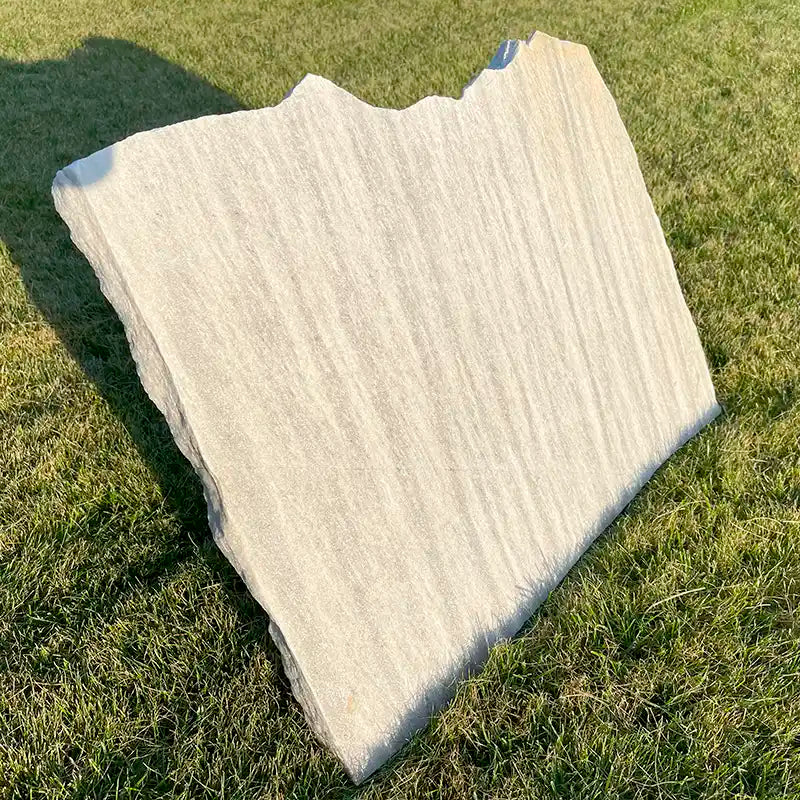
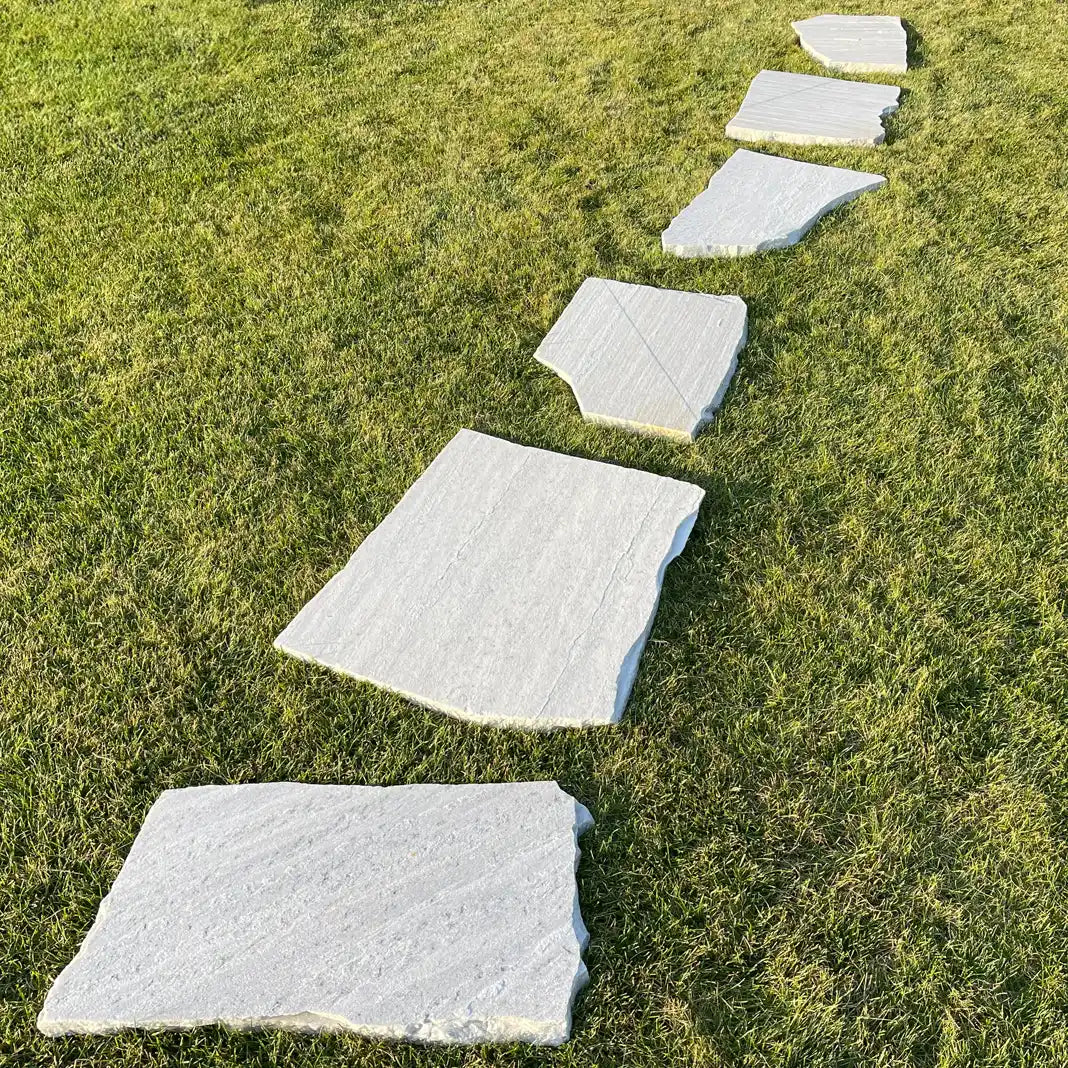
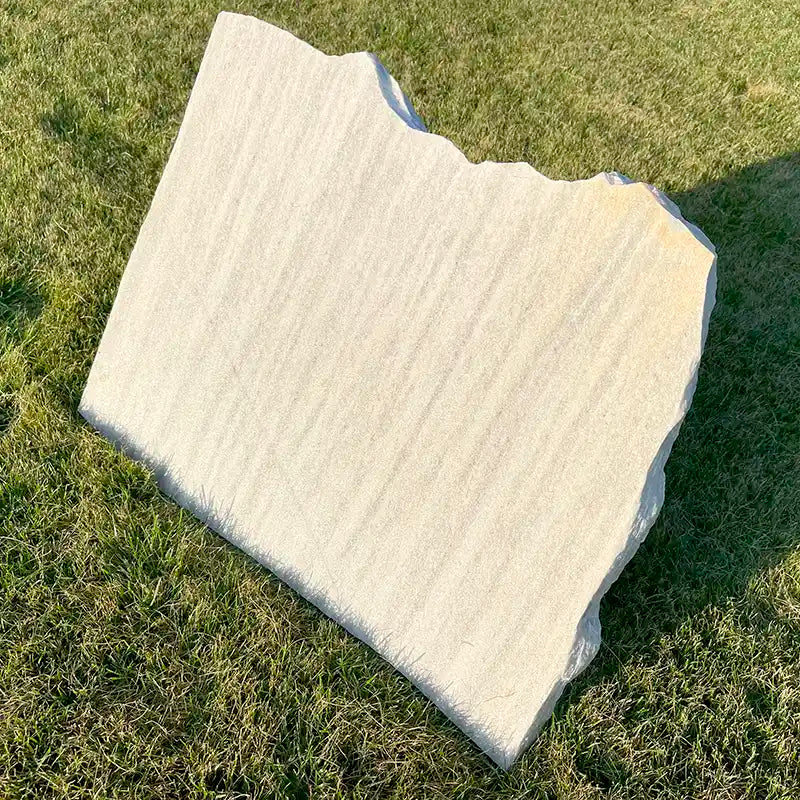
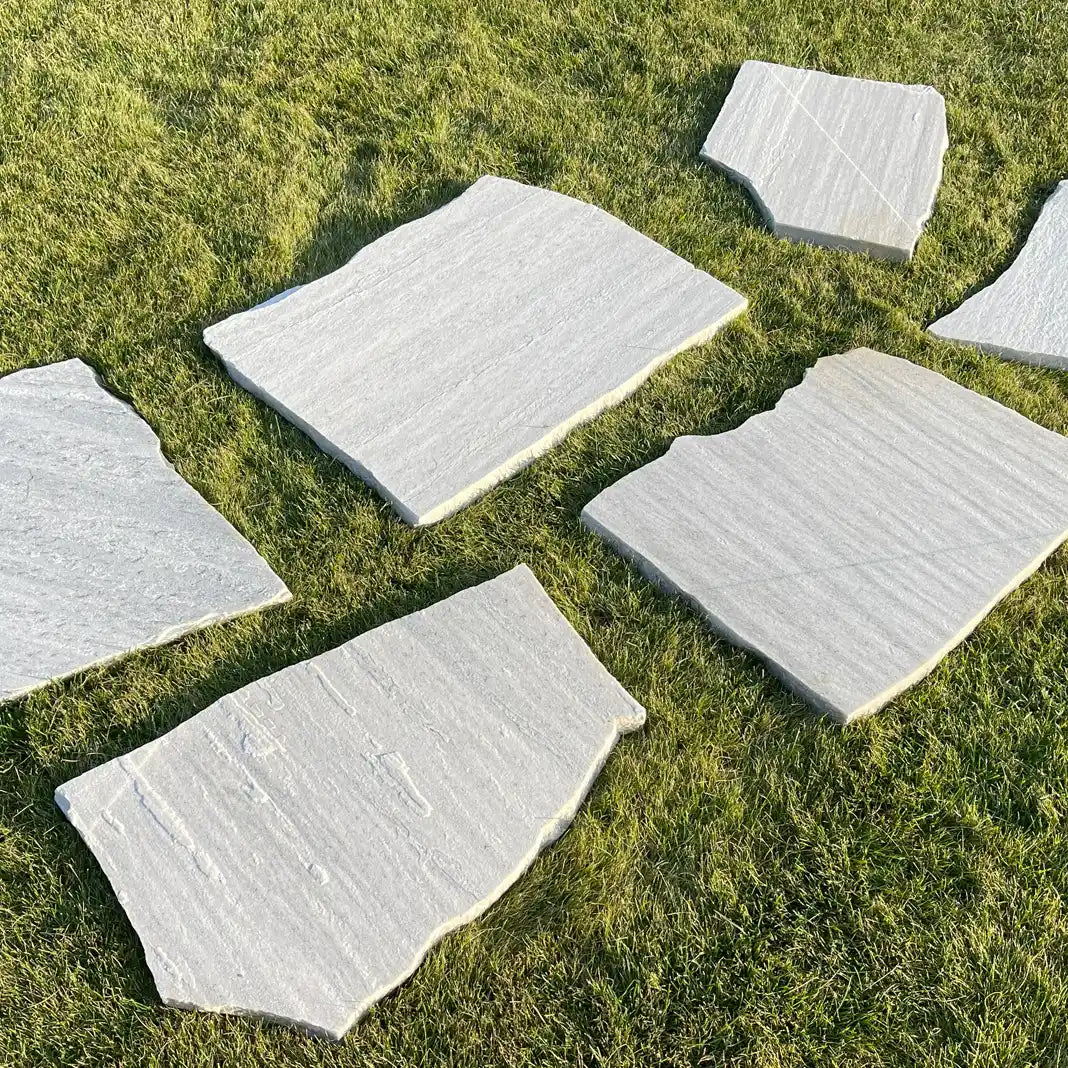

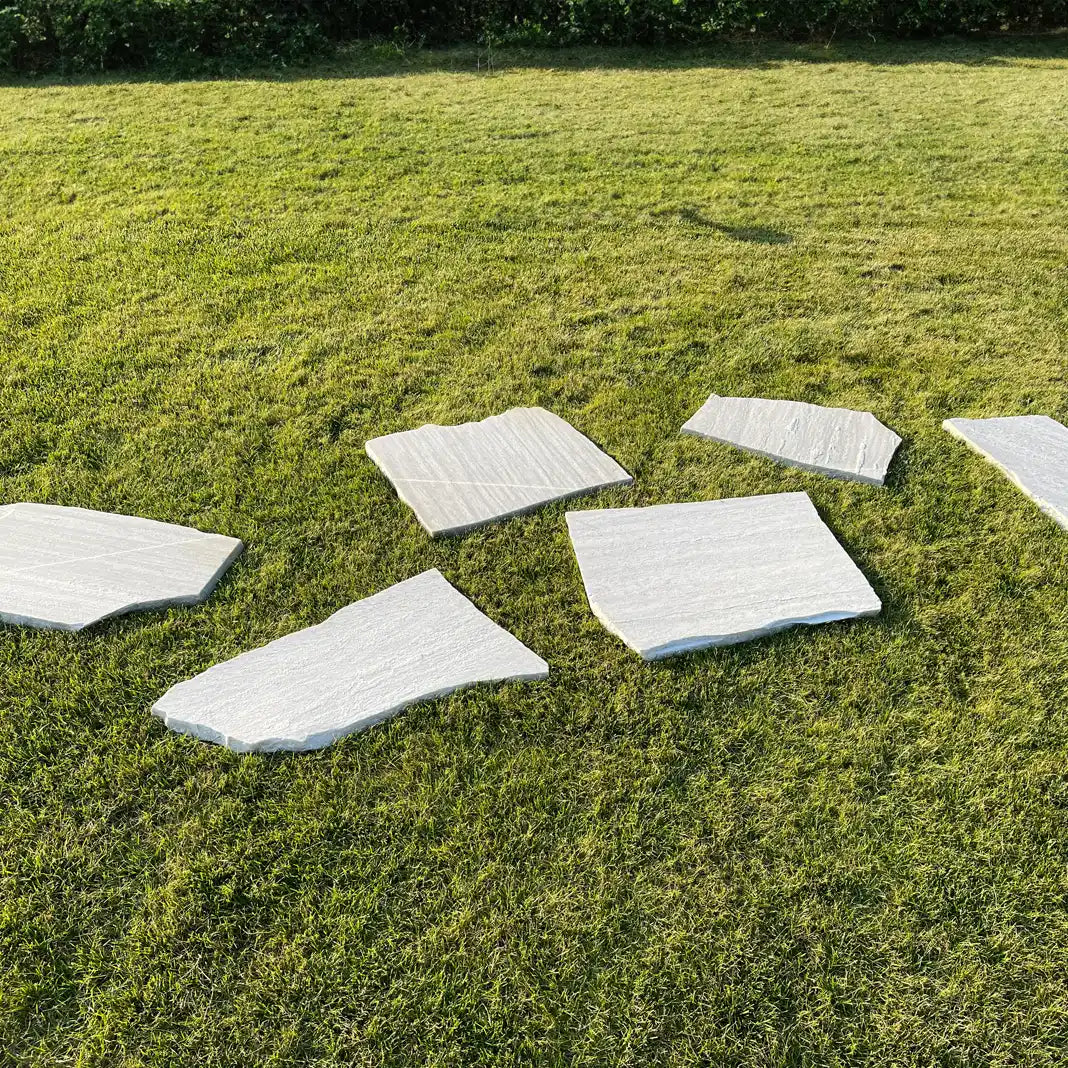
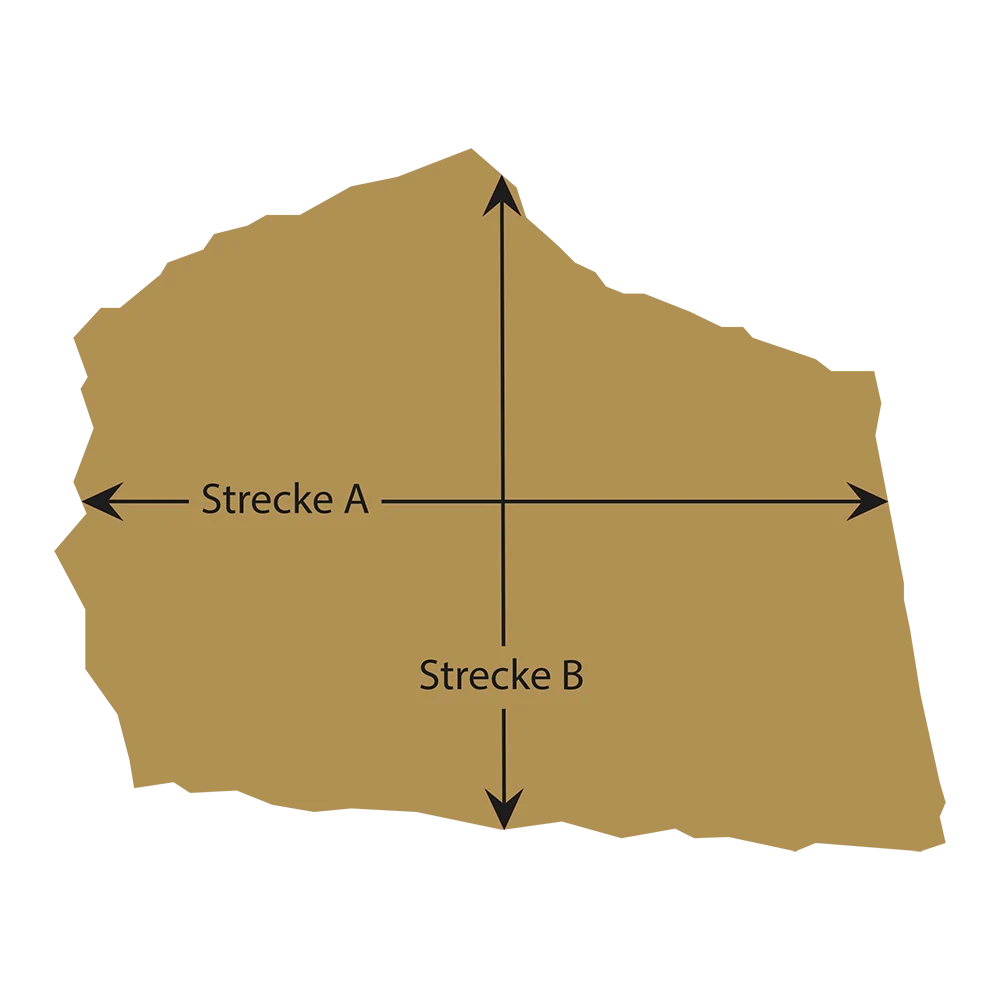
Installation and maintenance of stepping stones
Installing stepping stones is a simple project that you can do yourself over a weekend. It is important to prepare the ground properly and ensure that the stones are level and stable. The maintenance of your stepping stones depends on the material, but is generally minimal. Natural stones are particularly easy to care for and durable. We recommend impregnating your stepping stones.
trittplatten.de
Porphyr stepping stones
- Versandkostenfreie Lieferung
- ab 32 € pro Trittplatte
- Tel.: +49 (0)3332 26 70 78 27
Share
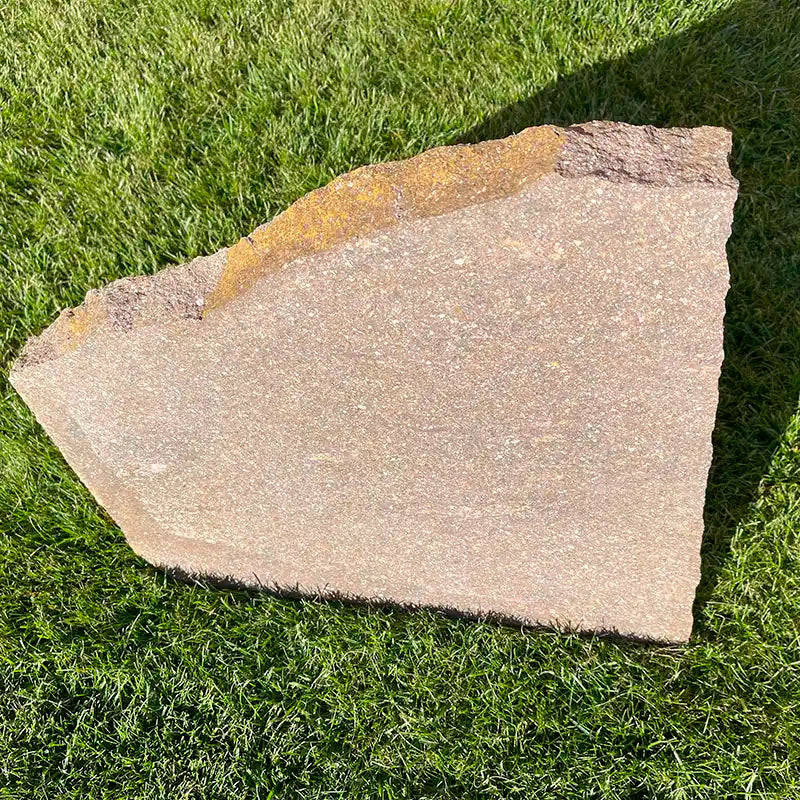
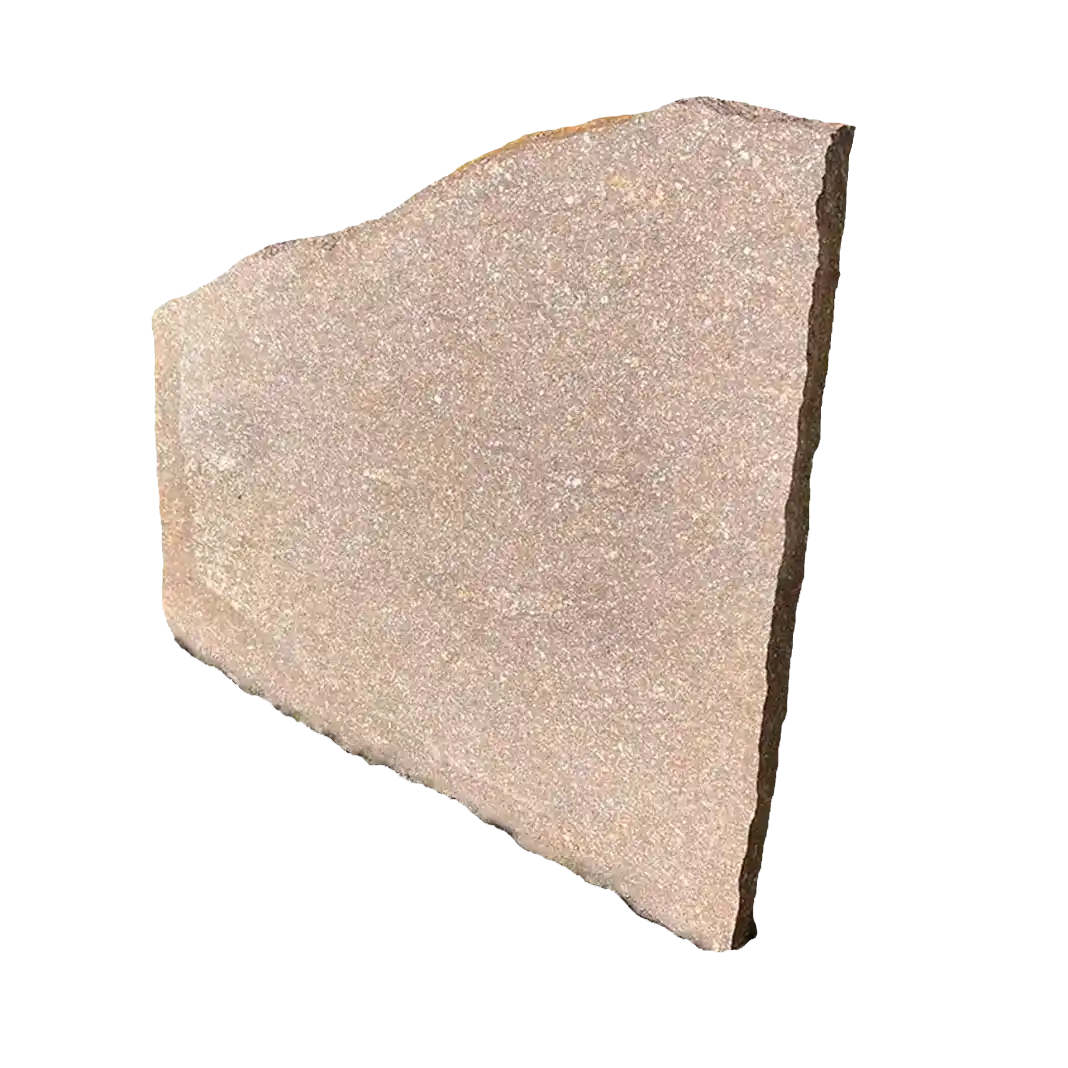
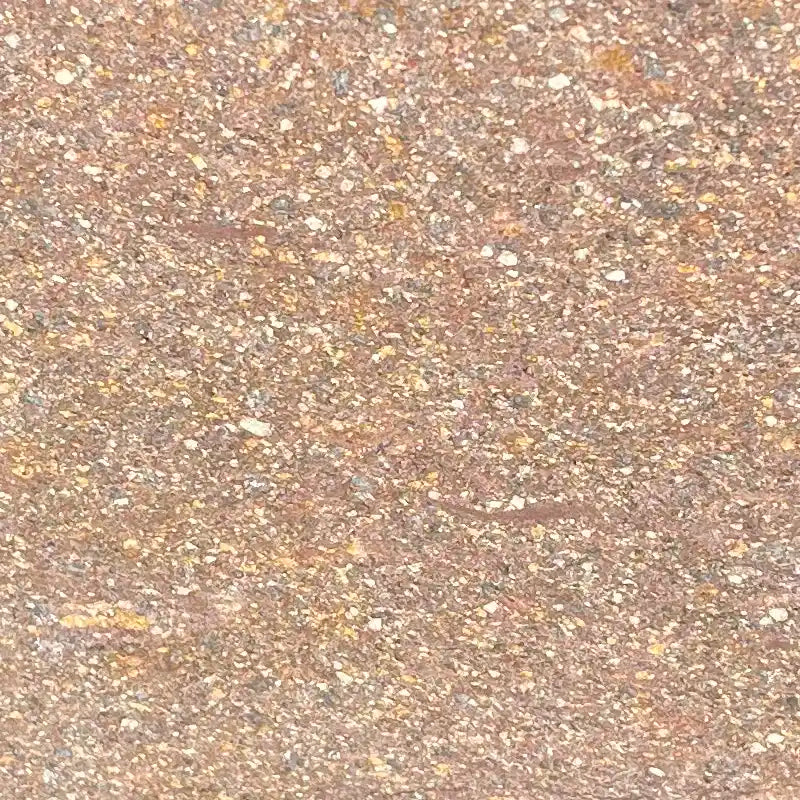
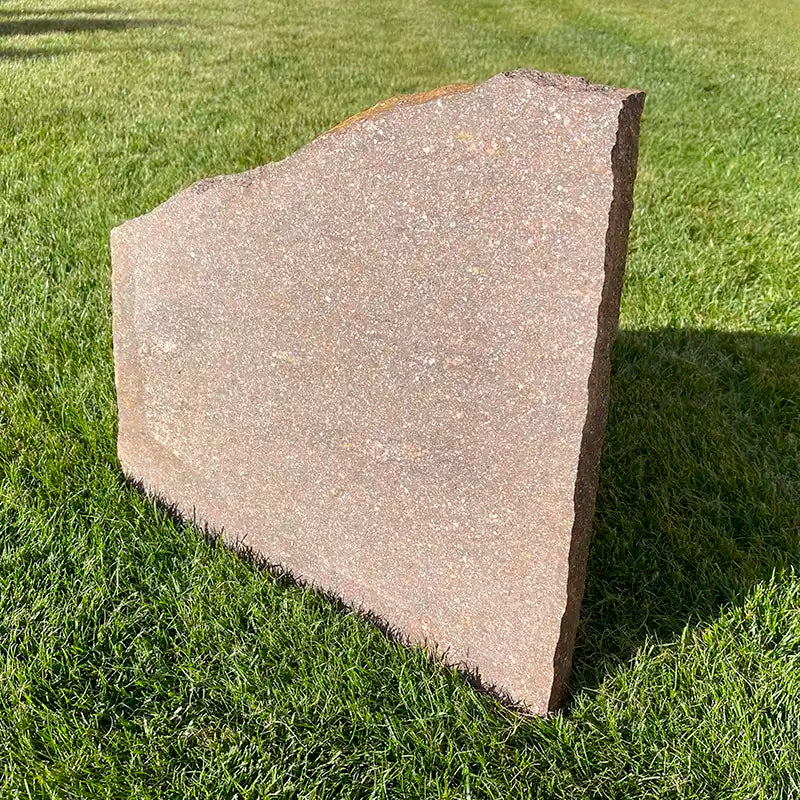
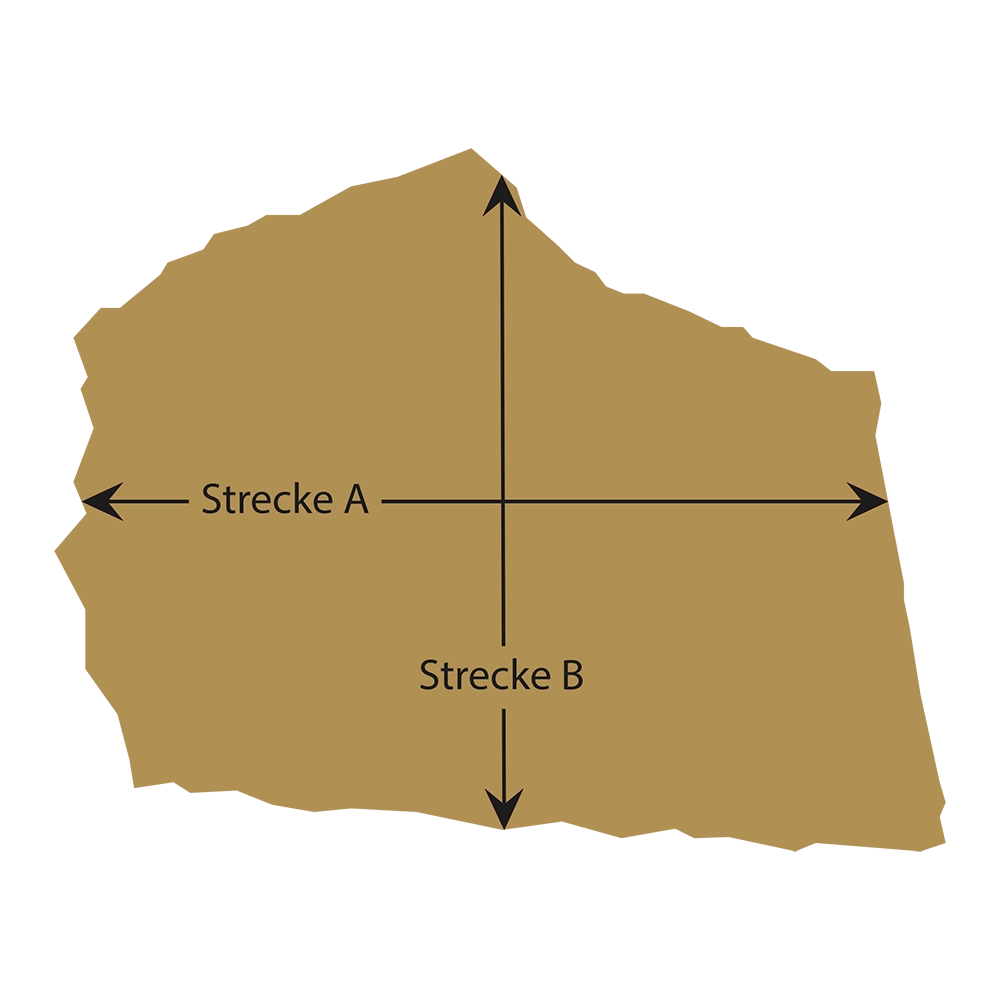

Step by step to the dream garden: Discover the variety of stepping stones
Stepping stones are a wonderful addition to any garden, not only for their functionality but also as a means of beautification. Whether you need a practical path through your vegetable garden or want to create a magical trail through a flower garden, stepping stones offer the flexibility and variety to bring your vision to life.
Explore the possibilities and transform your outdoor space with the simple and natural beauty of stepping stones.
Hand-selected premium stepping stones
-
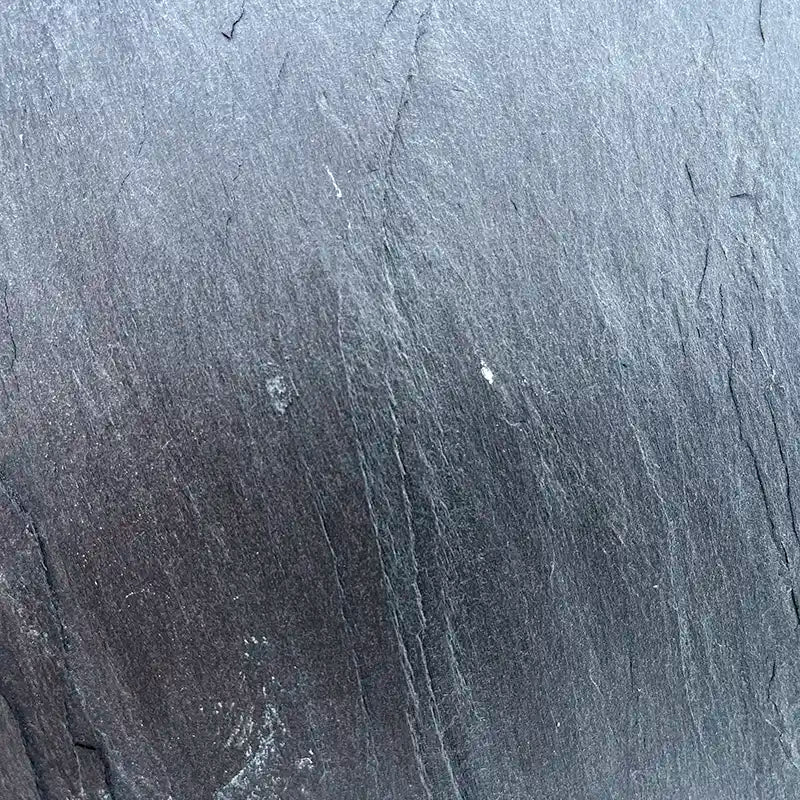
Slate Negra Stepping Stones
Slate Negra -
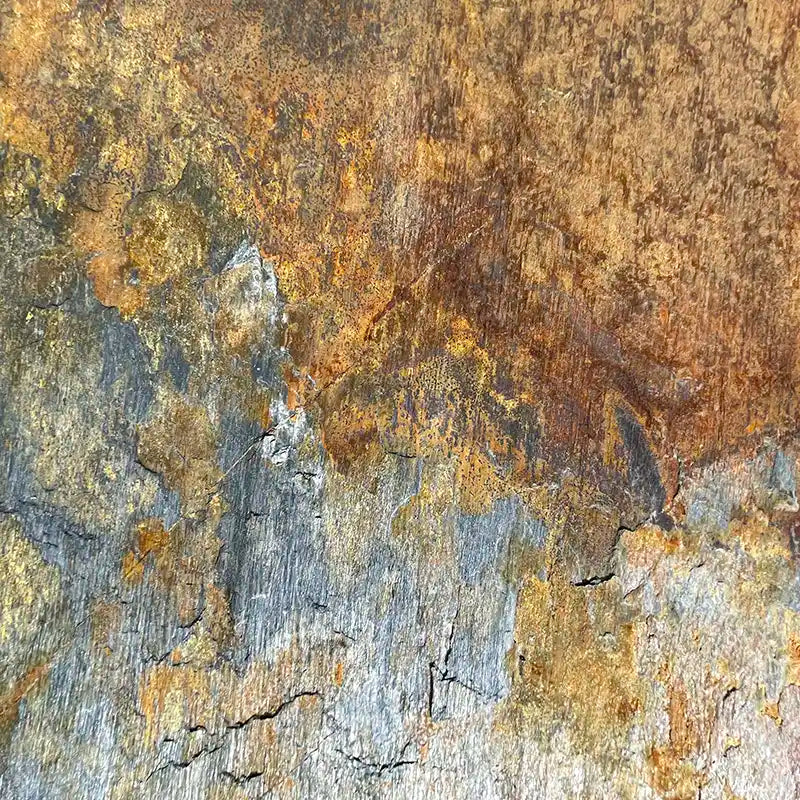
Graywacke (Silesian slate) stepping stones
Graywacke -
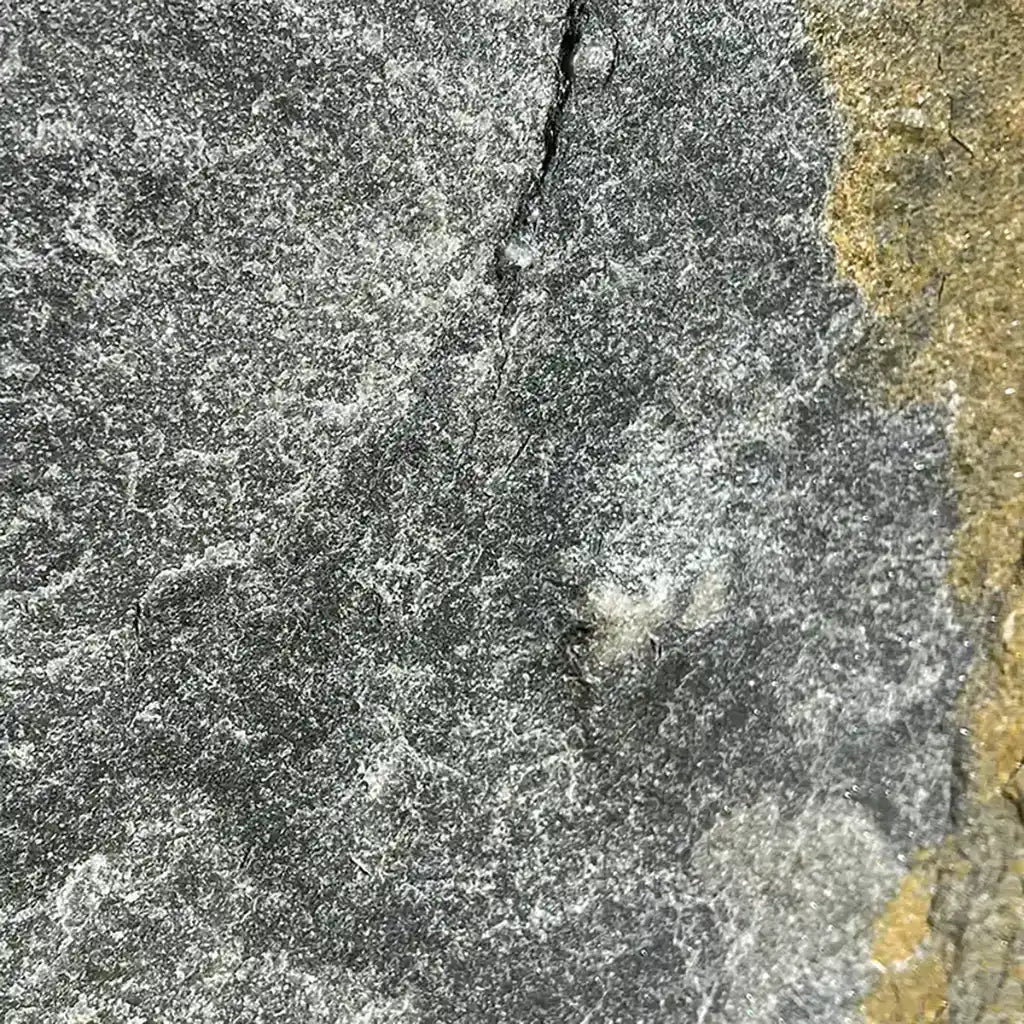
Quartzite Deep Sea Stepping Stones
Quartzite Deep Sea -
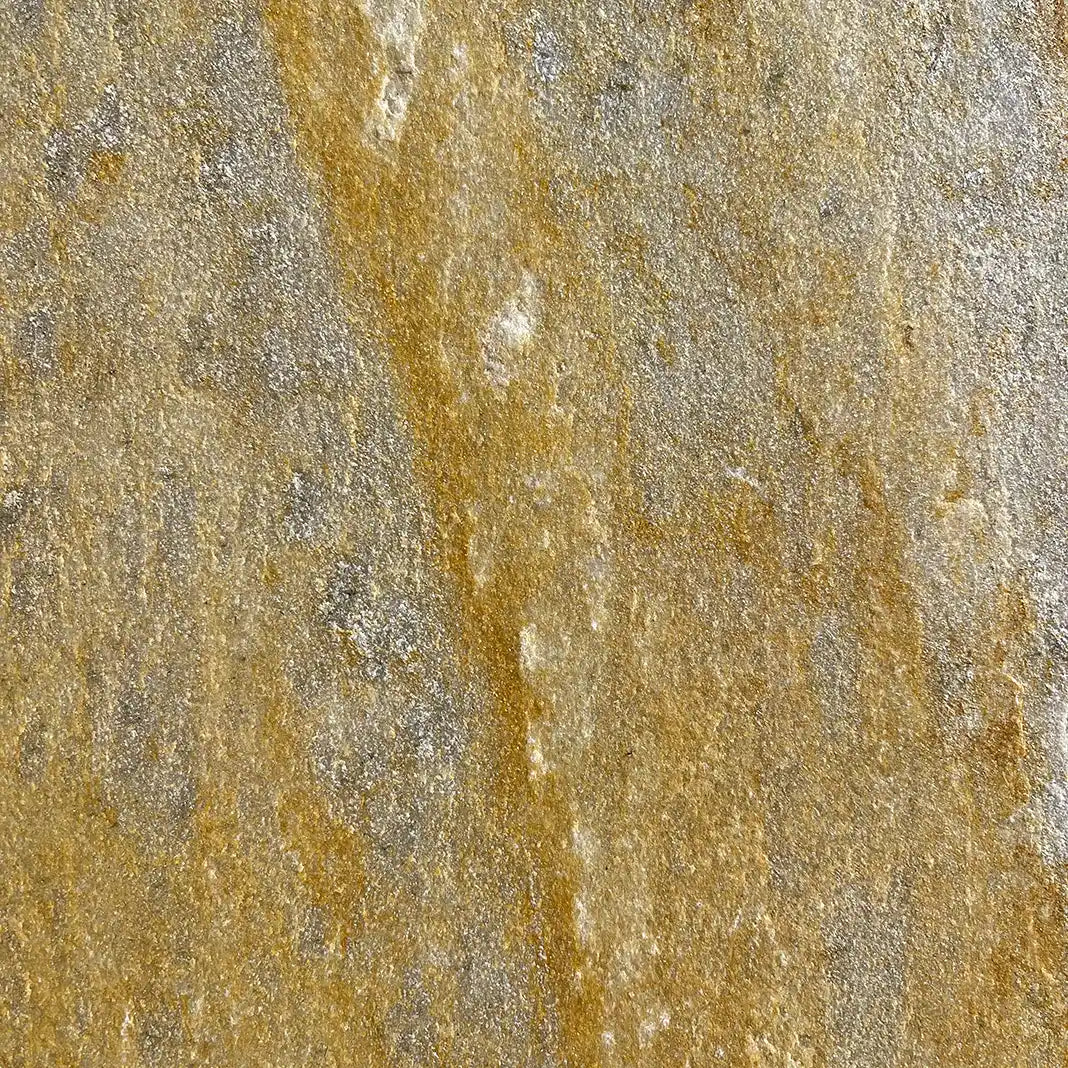
Quartzite Auralis stepping stones
Quartzite Auralis -
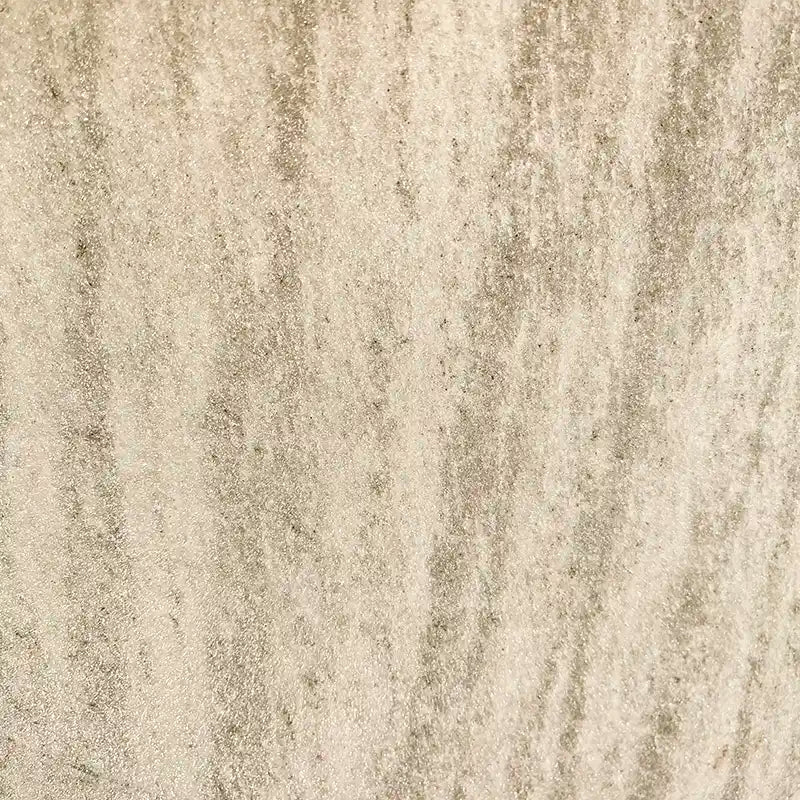
Quartzite Polaris stepping stones
Quartzite Polaris -
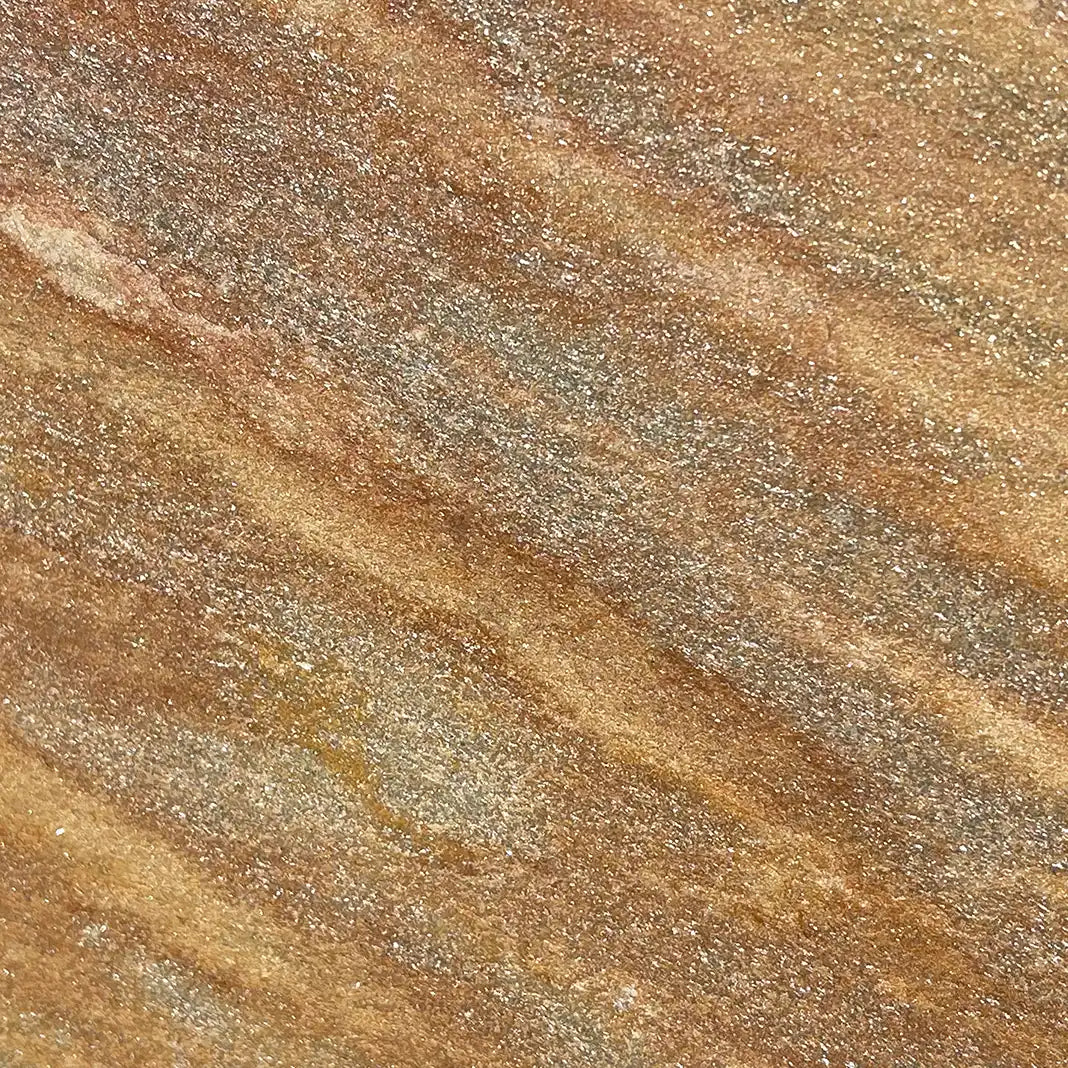
Quartzite Antares stepping stones
Quartzite Antares


